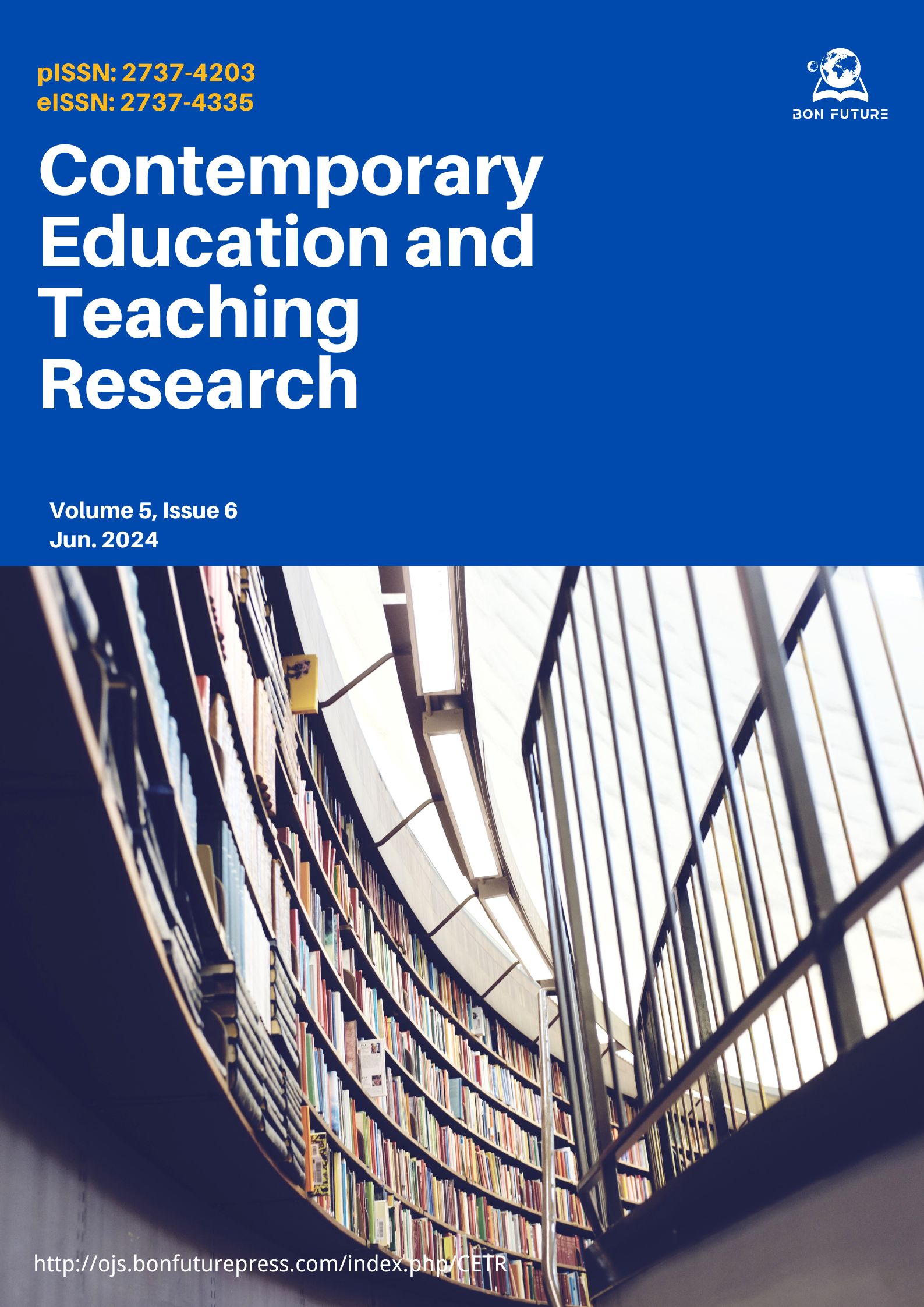Research on the Innovation of Classroom Teaching Mode in the Era of “5G+Artificial Intelligence”
DOI:
https://doi.org/10.61360/BoniCETR242016470606Keywords:
5G, Artificial Intelligence, Classroom Teaching, InnovationAbstract
Against the background of the rapid development of global information technology, “5G+Artificial Intelligence” has become a key technology to promote innovation in the field of education. 5G technology has excellent network speed and connectivity, which makes large-scale online teaching and learning possible, while AI redefines the way of teaching and learning through accurate data analysis and personalized learning path design. and learning. The convergence of “5G+AI” has brought disruptive changes to traditional education and raises the important question of how to effectively integrate new technologies and educational practices to meet the needs of modern society. In this paper, we will discuss the application of “5G+Artificial Intelligence” in modern vocational education classroom teaching, analyze its potential impact on the quality, equity, and efficiency of vocational education, and how to build a more flexible and interactive learning environment.
References
Jin, X. (2024). Research on the reform mode of intermediate English teaching in the Era of “5g+artificial intelligence.” Internet Weekly, 2024(02), 59–61.
Xu , J. (2023). Exploration of university English teaching reform based on “ 5G+artificial intelligence technology.” Industry and Technology Forum, 22(08), 169–170.
Shi, L. (2023). Exploration of the deep integration development of contemporary 5G communication technology and artificial intelligence. Chinese Science and Technology Journal Database (Full Text Edition) Engineering Technology, 2023(06), 0013–0016.
Yang, L., & Sun, X. (2024). Evolutionary history, action path, main features and inspiration of German skill formation system. Education and Career, 2024(08), 77–84.
Zhou, Y., & Wen , Y. (2023). Application of a six-step teaching method based on german action-oriented teaching in software testing technology course teaching. Journal of Chongqing Electric Power College, 2023(28), 82–85.
Chen, N., & Hu, L. (2023). German “ dual system” vocational education model localization of highly skilled personnel training and practice. Journal of Science and Education, 2023(27), 7–10.
Yao, L. (2017). German FH behavior-oriented teaching method and its revelation. Science and Education Guide (Zhongdian Journal), 2017(29), 11–12.
He, Z. (2022). Exploration of case-based teaching of remote sensing experiment in the era of “cloud+AI+5G.” Technology and Innovation, 2022(18), 113–116.
Li, P., Yu, H., & Zhao, O. (2022). Exploration of a new mode of open education for farmer students in “one village one” with the help of 5g+artificial intelligence under the background of new agricultural science. Anhui Agricultural Science, 50(05), 269–272.
Shan, H. (2022). Value reflection and reconstruction of school education under 5G+artificial intelligence fusion perspective. Education Exploration, 2022(02), 11–14.
Shen, X., & Cui, J. (2021). The construction of an education ecological model under the background of “5G+Artificial Intelligence+.” China Education Informatization, 2021(23), 39–42.
Lv , D., & Huang, Y. (2021). Research on new dynamics of intelligent physical education classes in colleges and universities in the era of 5G+artificial intelligence. Shanxi Youth, 2021(20), 32–33.
Yang, X. (2021). Exploration of the application of “5G+wisdom education” in the online teaching of higher vocational colleges and universities. Journal of Hubei Open Vocational College, 34(07), 133–134, 141.
Published
Issue
Section
License
Copyright (c) 2024 Authors

This work is licensed under a Creative Commons Attribution 4.0 International License.



